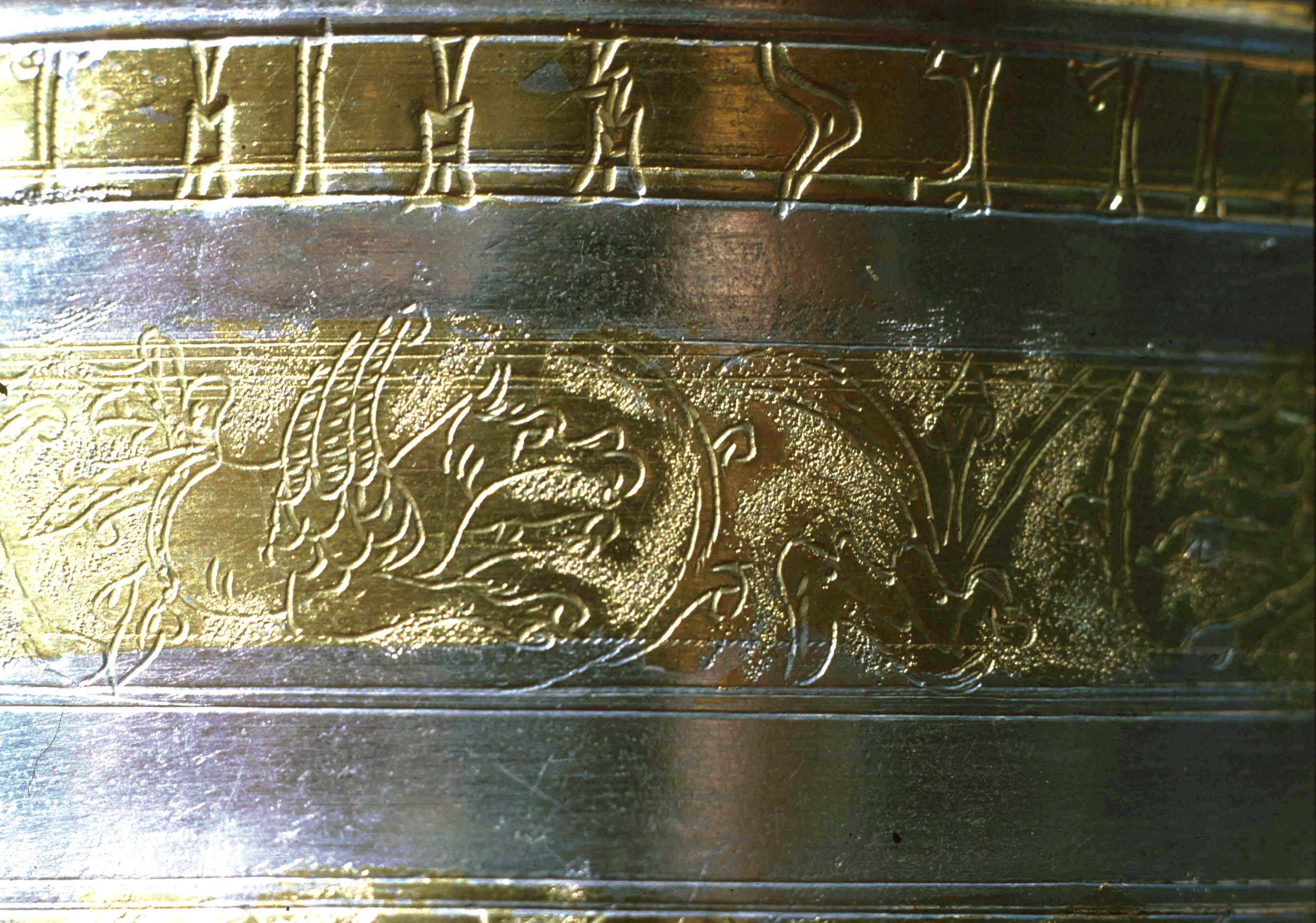
Collection of the objects from the Yemeni museums
The digital cataloguing of the South Arabian inscriptions and artefacts housed in the Yemeni museums is one of the activities of the project CASIS, funded by the Italian Ministry for the University and Research for the years 2007-2010.
In 2007 the inscriptions of the three museums of Dhamār Governorate were catalogued: the Regional Museum and the University Museum, in Dhamār, and the Museum of Baynūn. These museums house a collection of over 250 texts, almost entirely unpublished. Inscriptions are dated from the archaic phase (8th century BC) up to the last period of the ancient south Arabian history (6th century AD). The greatest part of them comes from the region of Dhamār and is in Sabaic. However, there are also some pieces in Qatabanic and a small collection of stelae coming from the Jawf. In Sabaic and coming from the city of al-Bayḍāʾ, are three long inscriptions, dedicated to ʾAlmaqah Master of S²bʿn (BynM 1, DhM 202 and 208).
In 2008, the team of CASIS catalogued part of the collection from the National Museum of Aden, one of the greatest Yemeni museums for number of pieces and prestige. Among the texts already known and published there are some beautiful, famous artefacts coming from Qataban, like the "Lady Barat" (CIAS 47.11/o 1/F 72) or the stelae with figure in relief (e.g. CIAS P 44/s 4/95.11). The statues of the three Awsanite kings are also housed in the National Museum. Many pieces published without picture have been now photographed. About 50 inscriptions, with the siglum NAM, are new and unpublished.
The inscriptions of the University Museum of Aden (UAM) is a collection of some 90 inscribed objects (stelae, stela bases, vessels, ring seals), for the most part coming from the two necropolises of Timnaʿ (Qataban) and wādī Lajiya. ZM and ZMA indicate the handful of inscriptions from the museum of Zinjibar (Abyan), most of them given as loan by the National Museum of Aden.
In 2009 CASIS completed the inventory of the inscriptions housed in the museums of Baynūn and Dhamār, adding some 30 texts. Notable are the Minaic inscriptions housed in the Regional Museum of Dhamār.
CASIS worked also for the first time in the Military Museum and the University Museum of Ṣanʿāʾ and in the Ibb Museum. About 180 inscriptions were photographed, inventoried and published on the CSAI database. Most of the inscriptions in the two museums of Ṣanʿāʾ come from the region of al-Jawf. They include linguistically and culturally interesting texts in Sabaic and Minaic language and some beautiful artefacts, which testify for the most ancient phases of the South Arabian history. The collection of bronze artefacts from the Jebel al-Awd in the Museum of Ibb has been fully photographed and the nine inscribed pieces have been published online.
In 2010 CASIS completed the inventory of the collection of the Military Museum of Ṣanʿāʾ cataloguing the inscriptions and objects kept in the storehouse.
In 2017, nearly 500 objects of the 'Ataq Museum collection were added to the CSAI under the supervision of J.F. Breton.
A total of nearly 1,400 inscriptions from the Yemeni museums are available for consultation in this DASI collection.
COLLECTIONS BY DEPOSIT

Collection of the objects from The National Museum of Aden
The National Museum of Aden is located in a wonderful colonial building of “Qasr al-Sultan”, in the Crater. Founded in 1966, it is one of the greatest Yemeni museums for number of pieces and prestige.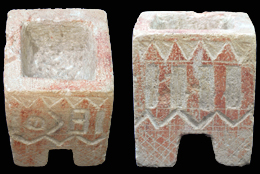
Collection of the objects from the University Museum of Aden
The University Museum of Aden was founded in the 1996 by Dr. Ahmed Bataya, an archaeologist who studied in France.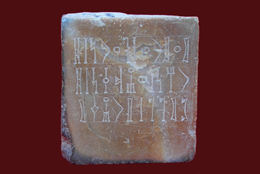
Collection of the objects from the Zinjibar Museum
The city of Zinjibar is located in the Abyan governorate, about 55 km east of Aden. Its museum includes a small but valuable collection of South Arabian objects, made up of 15 pieces, some of them coming from the National Museum of Aden.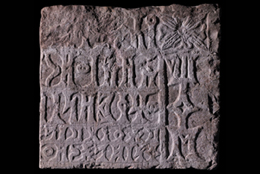
Collection of the objects from the Regional Museum of Dhamār
The Regional Museum is the main museum of the Dhamār governorate. It was built at Hirran, north of Dhamār city, in 2002. Its pre-Islamic collection comprises over hundred inscriptions of various provenance and period.
Collection of the objects from the University Museum of Dhamār
One of the most modern museums in the governorate of Dhamār, built in 2006 to fulfil the educational and training needs of students of archaeology within the Faculty of Arts, the Dhamār University Museum contains a collection of valuable ancient artefacts.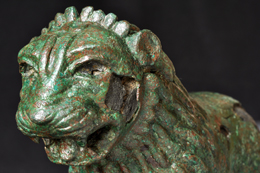
Collection of the objects from the Museum of Baynūn
The Baynūn museum, founded in 1990 by sheikh A. al-Huzeizi, focuses on antiquities found in Baynun and the surrounding areas, witnessing the history and culture of those great people who built up the ancient city of Baynūn.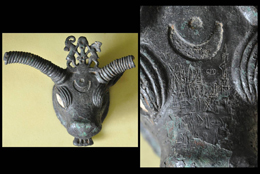
Collection of the objects from the Ibb Museum
The museum is located in a traditional building within the city of Ibb. Though small, it houses one of the most beautiful and significant collections of bronze artefacts from ancient South Arabia. Most of them were discovered in the pre-Islamic site of Jebel al-ʿAwd, south of Ẓafār.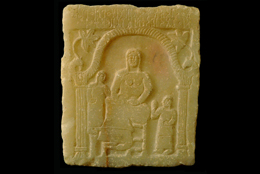
Collection of the objects from the Military Museum of Ṣanʿāʾ
The Military Museum of Ṣanʿāʾ is one of the most prestigious and famous museums of Yemen. Established in 1984, it is housed in a beautiful building named Dar as-Sanay. The museum preserves testimonies and documents related to the recent history of Yemen, since the Imamate until the proclamation of the Republic.
Collection of the objects from the University Museum of Ṣanʿāʾ
The University Museum of Ṣanʿāʾ was the first museum in the Yemeni universities, built in 1983 to fulfil the educational and training needs of students of archaeology within the Faculty of Arts and Humanities.